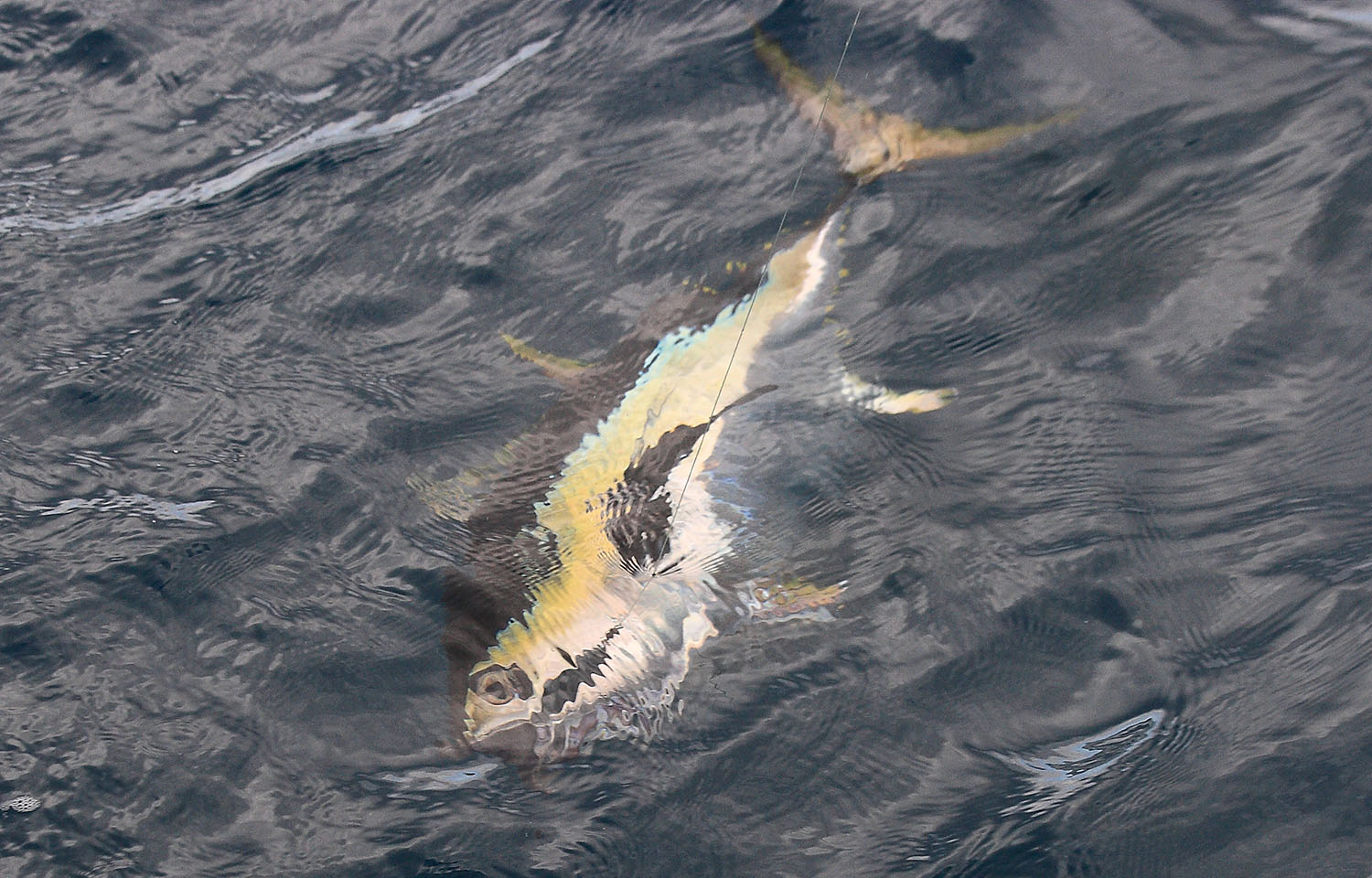Recent research from University of British Columbia research initiative Sea Around Us paints a dire picture of yellowfin stocks under four regional fisheries management organizations.
The research, titled “Multiple lines of evidence highlight the dire straits of yellowfin tuna in the Indian Ocean” and published in the scientific journal Ocean and Coastal Management, found yellowfin populations in the Indian Ocean have been particularly hit hard, with an overall decrease in biomass by 70 percent over the past 70 years. Yellowfin populations managed across the four RFMOs have also seen a 54 percent decline in biomass since 1950.
“Our analysis of regional biomass trajectories and catch-maximum sustained yield [CMSY] assessments corroborate the findings of the most recent RFMO stock assessments suggesting yellowfin tuna in the Indian Ocean are in critical condition, while the Eastern Pacific yellowfin tuna population shows the lowest levels of exploitation,” wrote the paper’s authors, who are all affiliated with Sea Around Us.
To provide a more accurate evaluation of tuna stocks over time, the authors of the paper referenced multiple RFMO assessments of yellowfin tuna biomass, a CMSY stock assessment approach – which focuses on a series of actual fisheries catch data that assesses the status of tuna populations – and an analysis of 955 yellowfin records from fisheries-independent sampling with baited remote underwater video systems (BRUVS). These samplings include data on species size, biomass, and abundance in a specific area.
The multiple-source methodology improved the data in the paper, and cross-comparison of data sources validated the evidence, helping management organizations improve transparency of data, the accuracy of information, and the confidence in results that inform decision-making and management approaches, according to Jessica Meeuwig, a co-author of the paper and director of University of Western Australia’s Marine Futures Lab.
“The data collected with BRUVS provided a more comprehensive and fisheries-independent picture of the pelagic community, which can complement fisheries-dependent data and analyses,” Meeuwig said. “These fisheries-independent BRUVS data suggest that since 2014, yellowfin tuna in the Indian Ocean are the least common, least abundant, have the lowest biomass, and are the smallest yellowfin tuna in the existing dataset.”
University of Western Australia Professor and Sea Around Us Indian Ocean Executive Director Dirk Zeller, another co-author of the study, said stricter management, including a fishing capacity reduction, more effective compliance measures regarding the maximum sustainable yield limit, and better implementation and enforcement of catch limits, are necessary to avoid catastrophe for yellowfin tuna in the Indian Ocean.
“The risk of population collapse is high if current management does not adapt. Stringent management constraints must be implemented to reduce overall fishing capacity, rebuild overfished populations, and reduce the collateral damage these fisheries cause to other species such as sharks,” he said.
Not only is yellowfin an important commercial species that is well-known by consumers, it plays an important role in the ecological balance of marine ecosystems, according to Daniel Pauly, another co-author of the study and the principal investigator of the Sea Around Us initiative at the University of British Columbia.
“Beyond yellowfin tuna fisheries contributing more than USD 16 billion [EUR 14.7 billion] to the global economy yearly, the species is an apex predator that plays a critical role in the functioning, productivity, and overall health of marine ecosystems,” Pauly said.
Photo courtesy of Alessandro De Maddalena/Shutterstock







